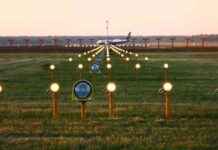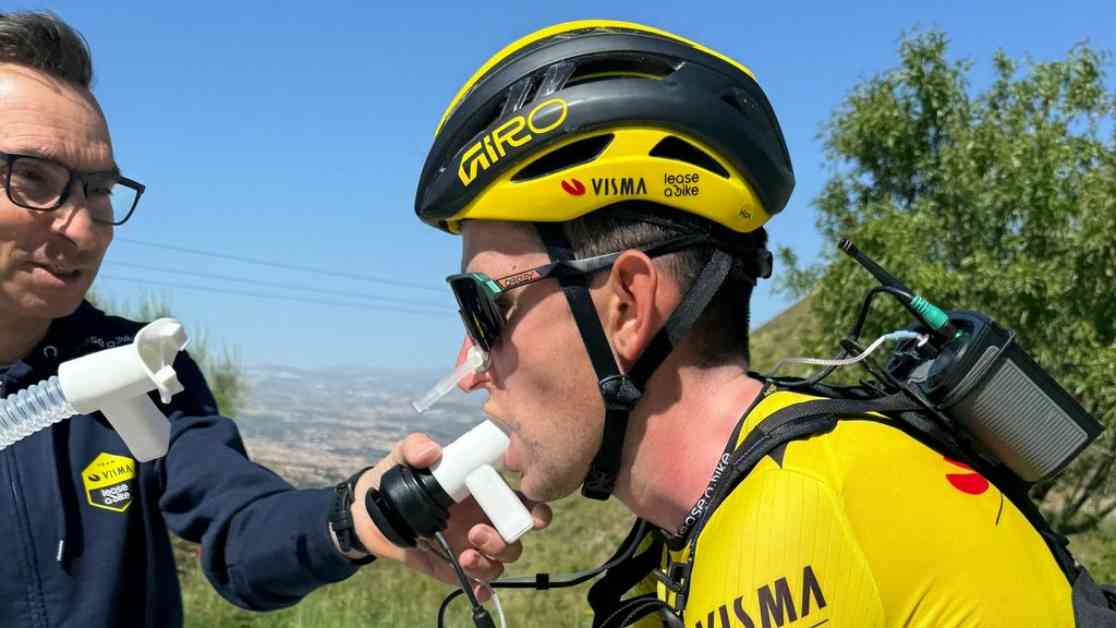A car has collided with a deer early one December morning in an industrial park in the city of Kalmar. DN is on the spot an hour later, along with David Nilsson, tracking hunters, who have put out warning signs along the way. He opens the trunk of the car and placing the nine-year wachtelhunden Jack. Time to get to work.
A short distance away sits a plastic strip tied around a lamppost. There is a check mark to show which way the deer had disappeared after the accident.
– Here, it was actually so that a tow truck stopped and called the police, the driver was shocked and had a hard time concentrating so then phoned the driver in the case, ” says David Nilsson.
shocked at a roadkill is very common, at the same time is the knowledge of how to act after a collision with an animal is often limited. The not reports to the police a car with a deer or wild boar, or any other larger ungulates are committing a crime. Despite this, it is many wildlife accidents that are not reported.
– Unfortunately it is not so many that is reporting as it should be. Say that it is around 80% maybe. But it is believed that it has become better and with that the number of accidents has increased, ” says David Nilsson.
2018 were record in the number of wildlife accidents with 63.641 total, compared with 61.261 the year before.
In a research report DN taken the part of the researchers based on two different scenarios up to 2030, where it is hunted as much as in the day, and one where the hunters reduces the number of felled animals by 25 percent. The result shows an increase of viltolyckorna with 12 and 50 per cent.
Even if the traffic is increasing every year so research shows that viltolyckorna increases significantly more. Mainly, it depends on a rapidly growing population of wild boars and fallow and red deer.
wildlife accidents relatively new. Andreas Seiler, a researcher at the Swedish university of agricultural sciences with a focus on wildlife accidents, mean that the issue of wildlife accidents has long been nedprioriterad. Instead, the authorities have focused on to achieve the so called vision zero, that no one should die or be injured in traffic, which also had the consequence that wildlife accidents that did not lead to any personal injury ended up recorded over a number of years. Prior to 2010, needed just report it to the police wildlife accidents if the animal was injured or died, unlike now when the obligation applies, regardless of what happens with the animal.
– Since the vision zero has ignored wildlife accidents. A rather small part of all wildlife accidents lead to injury, around three percent, and then you have not thought it was important to focus on, ” says Andreas Seiler, who argue that it is only from 2010 there is a relevant basis to draw conclusions from the surrounding wildlife accidents.
The last few years he experiences, however, that the interest in wildlife accidents increased slightly.
the Swedish transport administration has received money from the government for targeted measures and there is increased interest but I would like to see that you wagered a little more fully to understand and deal with wildlife accidents, ” he says.
Anders Sjölund, national coordinator for the landskapsfrågor at the Swedish transport administration, agrees with Andreas Seiler about wildlife accidents a long time not been the priority. But as the research has come up with, he believes that the issue received greater weight.
– Now we can show that we have a lot of wildlife accidents and that it costs society large sums of money, ” he says.
a Total of expect the transport administration to wildlife accidents on road and rail costs society approximately 5 billion each year.
the government decided in may 2018 3.3 billion targeted to landskapsåtgärder where, for example, secure viltpassager and viltstängsel included. But exactly how much of the money that goes to that address wildlife accidents are not decided. It would be half, it is sufficient, according to Anders Sjölund to about a quarter of the needs.
we now know have started with is to complement viltstängsel with safe passages, ” he says.
Despite the fact that viltolyckorna is now increasing hope the Swedish transport administration to halve them in the future. In addition to the active measures from the authority, it is hoped that the technological development of car manufacturers means that many wildlife accidents can be prevented.
– With the knowledge we have today and what we know we can do so we, I think, about 10-12 years has halved the number of wildlife accidents. Then, it depends in a high degree the conditions in which we get to by the people, ” says Anders Sjölund.
The prophecy don’t think Andreas Seiler.
– No, it is not reasonable to assume it. In order to achieve a halving of the viltolyckorna so it is required very much effort and that I have not seen so far, ” he says.
a short search for the dog Jack. The deer is dead about 50 metres into a forest right next to where the accident occurred. Probably met it in the head in a collision.
” You can see that it has fallen asleep quite fast. It is worse when they are hit in the rear parts, then it can be an animal suffer for weeks, if not we kill it. That is why it is important to report, in order to shorten the suffering of the animal, ” says David Nilsson.
some drivers think they can help an injured animal by taking care of it. It discourages, David Nilsson, determined from – instead exacerbates the suffering of the animal.
– the Animal becomes so terribly shocked by the stress of man.








